![]() ChiaroScuro presents
ChiaroScuro presents
![]() ChiaroScuro presents
ChiaroScuro presents
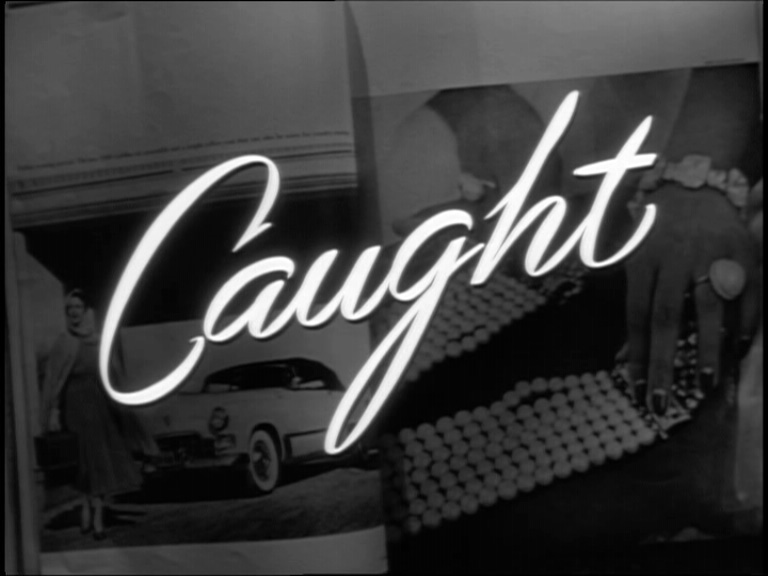
(Gefangen)
|
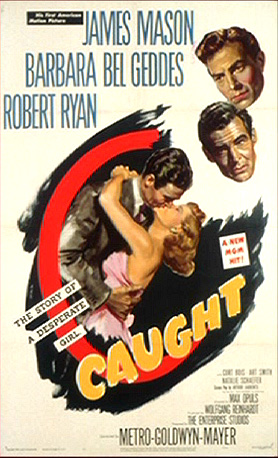 |
|
"Caught, one of four films which the great German director Max Ophüls made in America, is an incisive and compulsively entertaining "woman's picture" about an ambitious model who aspires to marry a millionaire, only to find herself trapped in a nightmare when her tycoon husband turns out to be a sadistic megalomaniac.
[...] Caught was deemed to be "Max's best American film" by Jean-Luc Godard when he was a critic in 1958, and Pauline Kael agreed, calling it "The most interesting and emotionally complex of Ophüls's American pictures." Ophüls himself had a more modest opinion, saying in a Cahiers du Cinéma interview that "The film goes off the rails towards the end, but up to the last 10 minutes, it wasn't bad." While Godard and Kael's minority opinion may be extreme in light of Ophüls's masterly American film Letter from an Unknown Woman (1948), Caught is definitely a rich and highly accomplished film. It's also fairly unique in the American cinema for the critical way it examines the dark side of the American dream, the obsession with money and how it's equated with happiness, and the insidious ways that girls are indoctrinated to shape their minds and bodies to catch a rich spouse. The psychological ramifications of wealth at all costs are vividly dramatized in the scenes of the unbalanced Smith terrorizing Leonora. The depiction of verbal and mental cruelty was way ahead of its time, as is its sophisticated European attitude, in which everyone's character is flawed to some degree. Ophüls's trademark use of elaborate crane shots and a constantly moving camera is relatively restrained here, which is appropriate for the scenes where Leonora feels trapped in the claustrophobic house, but Lee Garmes's fluid camerawork and noirish low-key lighting create an ominous mood, and there are some marvelous tracking shots to signify Leonora's happiness when she's dancing with Larry. Robert Ryan gives a superbly creepy, understated performance as the pathological Smith, making him both loathsome and pitiable. Smith's character is said to be a thinly-veiled portrait of Howard Hughes (based on Ophüls's humiliating experience on the Hughes-produced Vendetta, from which he was unceremoniously fired) which is reinforced by Ryan's longtime association with Hughes's RKO Studio. Indeed, Ophuls treats the entire story as a metaphor for prostituting oneself in Hollywood, with Smith's sycophantic German gofer Franzi (played by the wonderfully jaded Curt Bois), perhaps standing in for Ophüls himself, vis-a-vis his humiliating dealings with executives at the American studios.
"Caught, for many years a film maudit, is now considered by many critics a more interesting film than director Max Ophüls' celebrated Lola Montès.... Like Ophüls' other obscure American feature, The Reckless Moment, it is a near masterpiece in the genre of dark melodrama that best expressed the quality of domestic American life in the late Forties. Caught touches on familiar Ophülsian love themes but for the most part it focuses on the diseased ambitions and social-climbing illusions in postwar American society. In its attention to socio-psychological detail, Caught reveals the sharp eye of an astute European observer. Barbara Bel Geddes plays a charm school graduate caught between her psychotic millionaire husband (Robert Ryan in a portrayal patterned on Howard Hughes) and a struggling young ghetto doctor (James Mason). Lee Garmes' camerawork is truly Wellesian in its unusual angles, deep focus, and expressive lighting.
"A key American melodrama: draw a line between Citizen Kane and Written on the Wind, and you'll find Ophüls' noir classic at the heady mid-point. [...] Ophüls holds back his camera to frame the sour domstic nightmare, but gloriously equates motion with emotion when Bel Geddes takes solace with James Mason's virtuous doctor. The alluring web of hearts and dollars has rarely looked so deadly, and only the studio spared us the sight of the kill."
"[...] More subdued and elegant than most of the melodramas of the decade, the work of a civilized miniaturist. [...] Lee Garmes' camera tracks constantly and with magical suppleness and fluency, across a darkly shining cocktail bar and round a dance band to rejoin a couple on the floor without a break, down a staircase as the doctor makes a dash to a late-night telephone, across a desk as two men talk in a room at night, the hum of an electric razor cutting across the conversation. [...] It is a film shot almost entirely at night, quiet in tone, notable for its romantic softness and subtlety."
"From its opening scene, Max Ophüls' Caught concentrates on the sharp—and often tragic—difference between dream and reality. Opening on a shot of a woman's hands languidly turning the pages of a slick fashion magazine while a disdainful voice declares that 'mink is so everyday', Ophüls' mobile camera swiftly pulls back to reveal a shabby flat peopled by two ordinary shopgirls with dreams of marrying 'a handsome young millionaire'. With graphic strength, Ophüls and scenarist Arthur Laurents demonstrate what might happen if that dream came true. ..."
"Obwohl nichts davon nach Ophüls aussieht, sind wir doch – durch das Genre der Schwarzen Serie hindurch – bei einem Ophüls-Thema schlechthin: bei der immer schärfer, genauer und auch bitterer geführten Ausdifferenzierung der Geschlechterrollen. [...] Mit der Inszenierung des Dekors – von fern tauchen Erinnerungen auf an Orson Welles, an Citizen Kane so gut wie an Magnificent Ambersons – gewinnt Ophüls seinem Œuvre eine Dimension hinzu, die er in späteren Filmen dynamisieren wird."
|
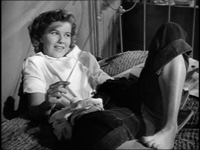
|
|
|
||
|
Distribution:
|
 Wild Side Vidéo / Universal Pictures Vidéo Region 2 |
|
|
Runtime:
|
88:15 min (PAL Speedup + 4% = 92 min) | |
|
Video:
|
1.32:1/4:3 FullScreen Average Bitrate: 6.12 mb/s, 3.96 GB PAL 720x576 25.00 f/s |
|
|
Audio:
|
• English Dolby Digital 1.0 Mono • Français Dolby Digital 1.0 Mono |
|
|
Subtitles:
|
Français (non-removable) | |
|
Features:
|
• Documentary: Max Ophüls ou le plaisir de tourner (Cinéastes de notre temps). Produced by Janine Bazin and André S. Labarthe, directed by Michel Mitrani. French TV station ORTF 1ère chaîne, 16 October 1965 (51:04 min)
• Filmographies for Barbara Bel Geddes, James Mason, Robert Ryan and Max Ophüls. |
|
| DVD Release Date: 3 June 2003 Digipack Case Chapters: 12 DVD Encoding: PAL Region 2 (EU/France) 1xSS-DL/DVD-9 (6.65 GB) |
||
|
Comment:
|
The print was taken from the UCLA collection and is generally in good condition, only in some sequences a bit too contrasty with little greytones. The encoding is smooth without artifacts, but once again, there is an overuse of digital noise reduction. The result is a very soft, "digital" picture with no film grain and reduced detail, but fortunately free from distracting digital edge enhancement. French Subtitles are not removable on the English soundtrack. The rare documentary Max Ophüls ou le plaisir de tourner from the famous TV series Cinéastes de notre temps contains interviews with actors, friends and relatives of Max Ophüls.
Film: **** out of ***** |
 |
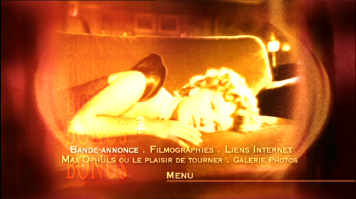 |
Frame 1
(PAL 768x576)
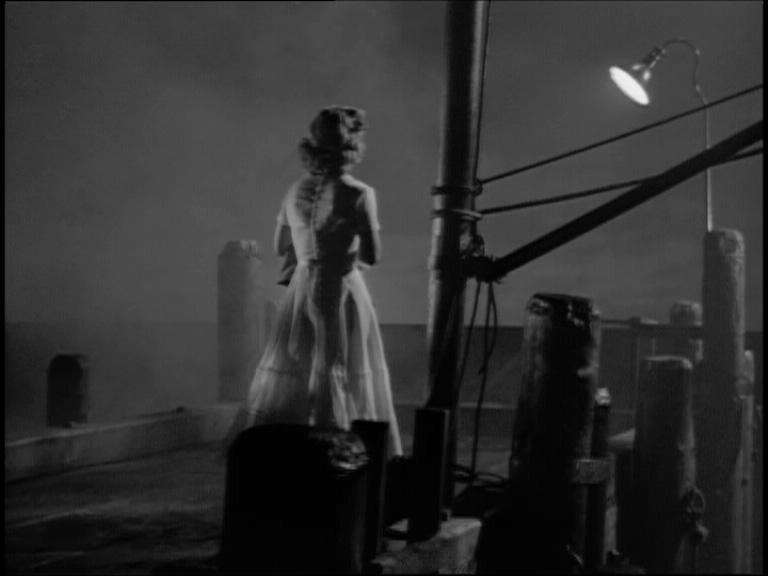 |
Frame 2
(PAL 768x576)
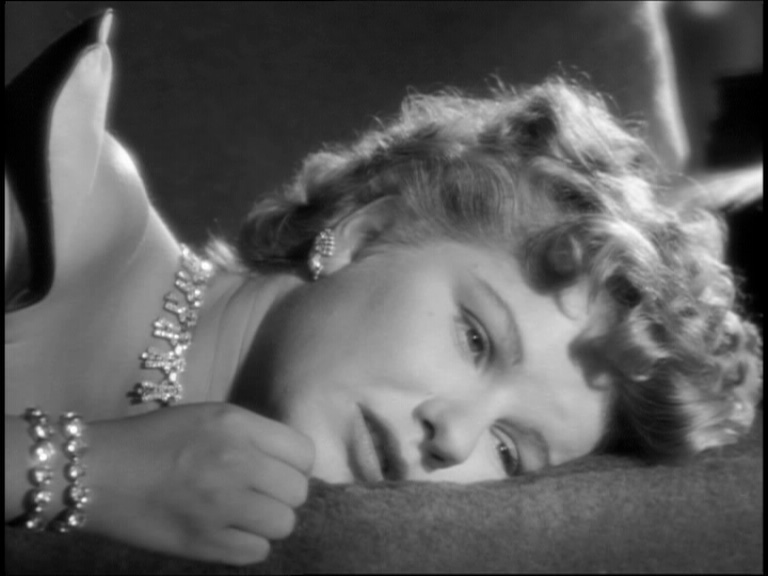 |
Frame 3
(PAL 768x576)
 |
Frame 4
(PAL 768x576)
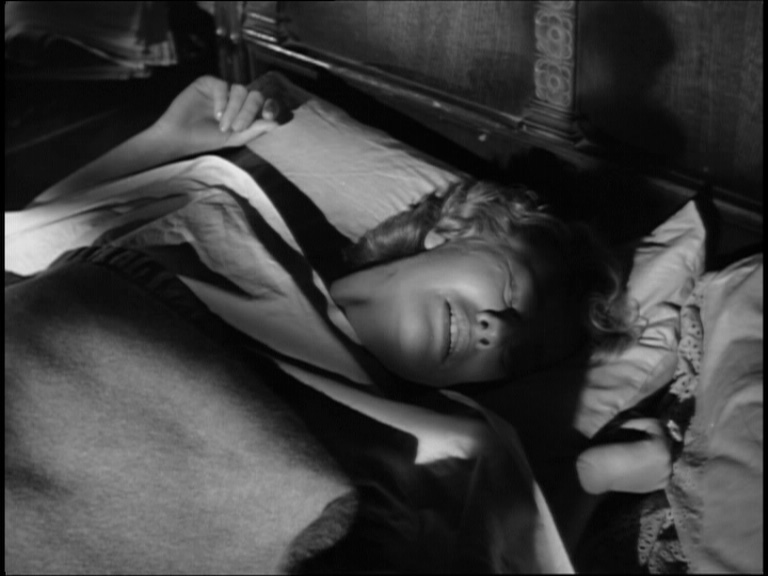 |
Frame 5
(PAL 768x576)
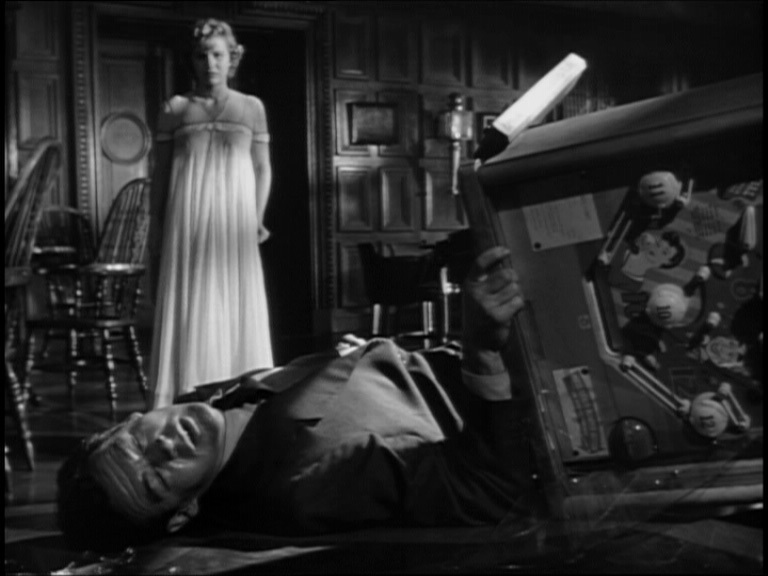 |
Average Bitrate :
6.12 mb/s
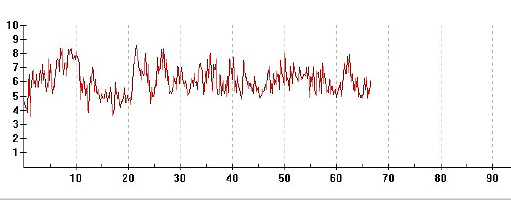
The Vertical axis represents the bits transferred per second. The Horizontal is the time in minutes
|
This is a strictly non-professional and non-commercial DVD review. Don't expect industry reference work! All ChiaroScuro captures are taken under MacOS X using VideoLAN and Snapz ProX. For further methodological remarks see DVDBeaver (click on "Methodology"): "We are not a lab and are doing a good a job as our time and energy permits. Thank you for understanding." |